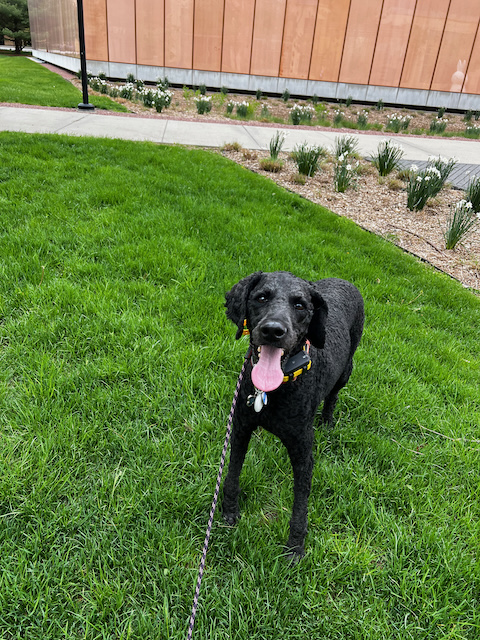I often advise students in my professional e-collar training course to “Trust the Process.” Learning to persist is one of the bigger challenges I see people struggle with. We live in an age of instant gratification. And while e-collar training has played a role in helping people speed up seeing results, it has also falsely mesmerized people into believing changing behavior will always come fast and easy.
E-collars help us gain off leash reliability. They are an enormous advantage to help communicate and aid timing when the dog is at a distance. They can greatly compensate for a handler’s physical limitations. And, when employed as a subtle cueing system of tactical feedback – yes or no, they dramatically reduce conflict in the training process.
But that doesn’t mean it all happens at warp speed. Training takes time and repetition no matter what tools you choose to use, and some dogs require way more repetition than others. It is important to understand the parameters that require more repetition versus those that require an increase in pressure.
E-collar training should be about finesse. The dog has to learn what to do and it is imperative they learn how to respond to collar pressure. Learning takes time, which means that an increase in collar pressure is not the the first solution to every problem. There are times when an increase in collar pressure is warranted. But sometimes the problem is that the dog needs a bit of help and more repetition.
Confusion is not fixed by increasing collar pressure. Clarity happens when we provide more information and repetition.
I’ve seen a few cases lately that are the perfect reminder of those words. They are all dogs that haven’t had a foundation that lends itself to a quick turn around.
There are a few common hallmarks with these dogs. Autonomy is a problem, which means they aren’t very good about kennel training and they struggle when left alone. Rather than being naughty due to lack of training, they present as needy, even anxious, and can’t self-entertain very well. Their response to unique situations is quickly defensive. Rather than having learned the ability to investigate or take things in stride, they fight, freeze or go into flight.
I suspect it has something to do with the influx of dogs acquired during the Covid shutdown. In those early months, none of us really knew what was ok to do and what wasn’t. As the confusion lingered from weeks into months…many fell into the habit of just staying home as much as possible. So, the new dogs stayed home too. There was no exploring. No need to be alone. No challenges to overcome.
These dogs are typically not a problem in their own home as long as things remain static. But if they go out, or the home environment changes, they have no behavioral flexibility to adapt. That lack of exposure and staying safely at home has not been in their best interest. Teaching them how to “dog” is often part of the process of fixing these cases.
If you want to help these dogs, you must persist. Persist in taking baby steps toward changing behavior by monitoring progress in weeks, rather than days.
We should trust the process and keep going. The light at the end of the tunnel may be a distance away…but you will never reach it if you don’t keep walking.
